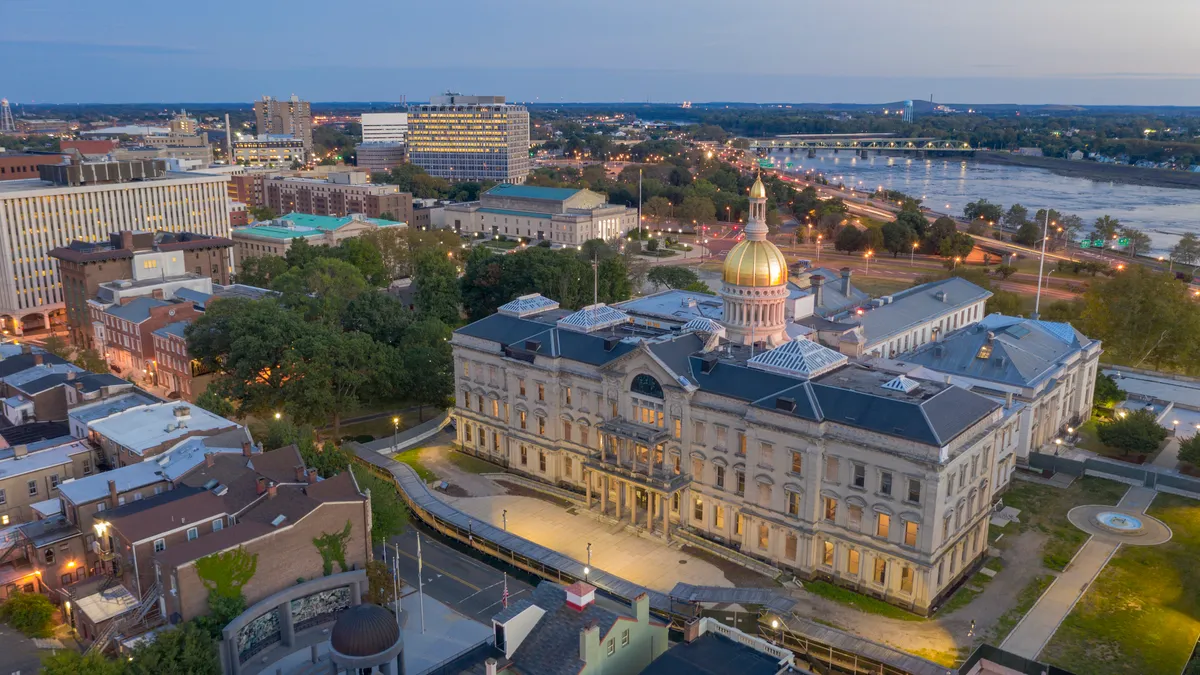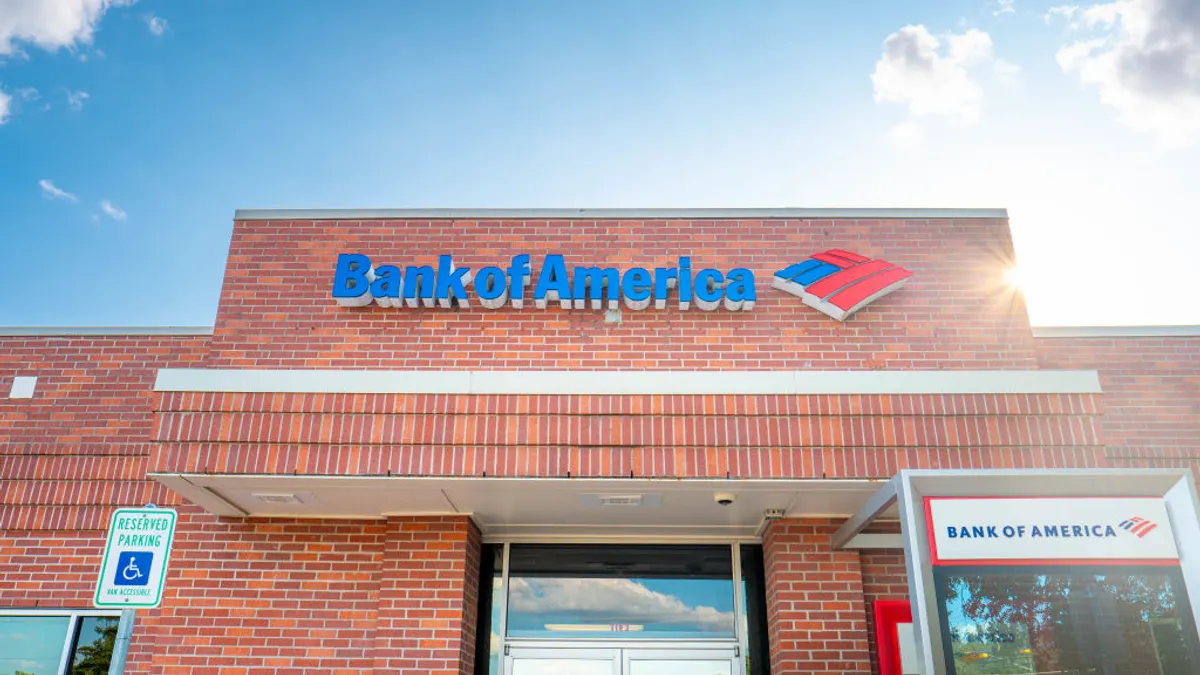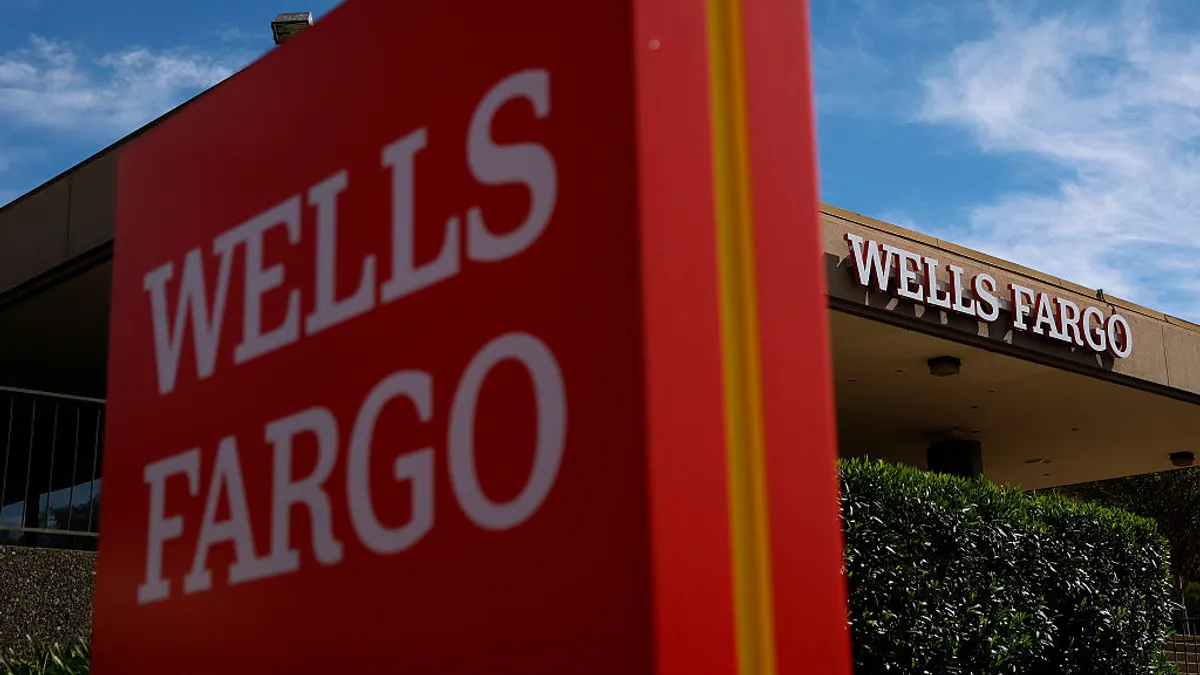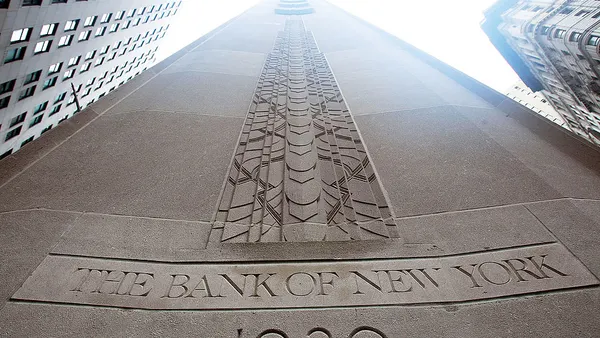If loan demand begins to pick up as bank executives envision, smaller banks may be under pressure to pull in more deposits to support desired lending growth, the CEO of Hamilton, New Jersey-based First Bank said.
Patrick Ryan, CEO of the $3.6 billion-asset community bank, doesn’t expect Wednesday's action by the Federal Reserve to cut the main interest rate by a half-point to matter all that much for banks in the near term. He expects banks’ loan and deposit rates will move lower by about the same amount as the Fed.
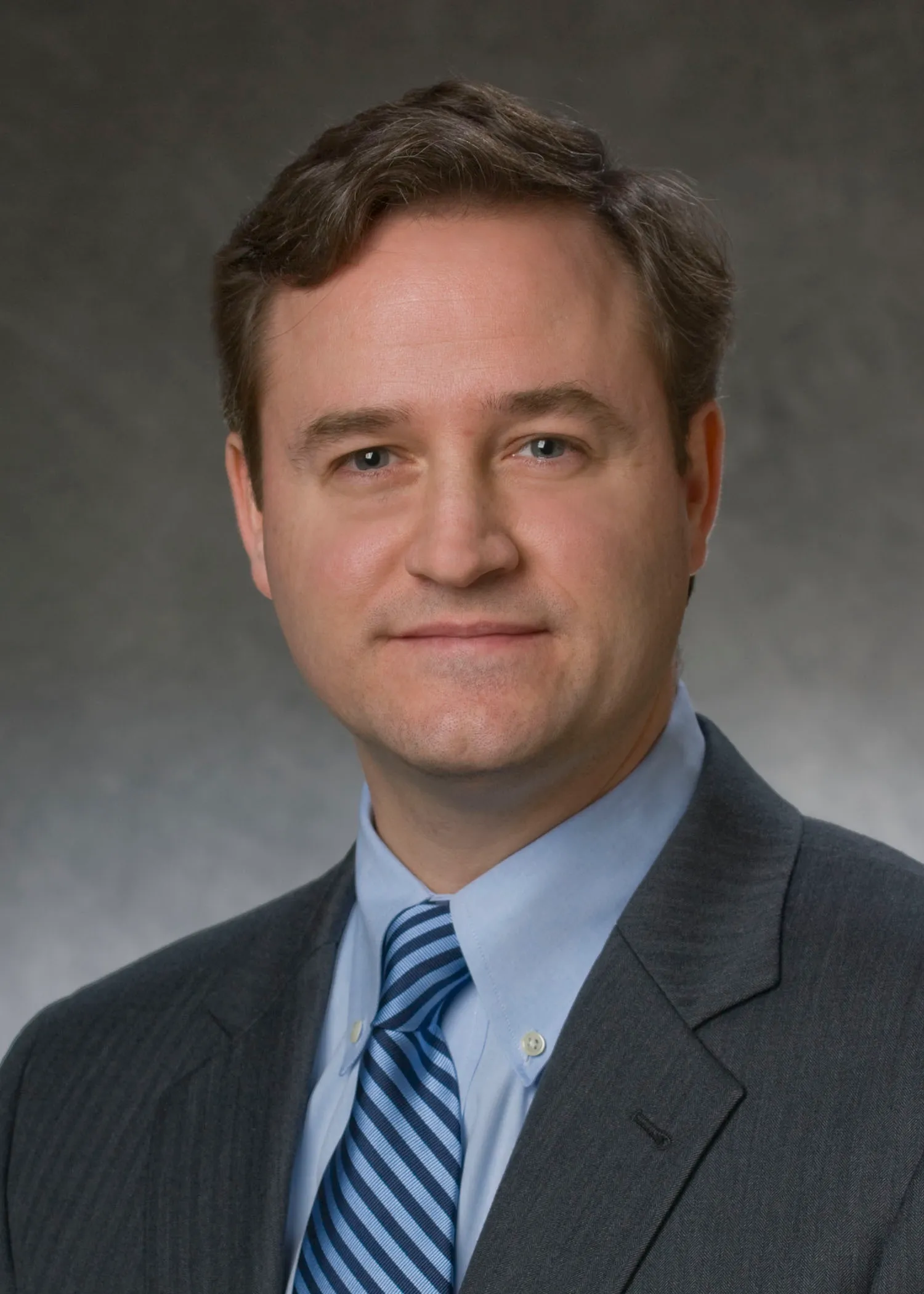
“The bigger issue for all banks,” Ryan said, “is there’s a fair amount of money that was in the banking sector that moved to bond funds and money market funds because of the inverted yield curve and the high short-term rates.”
Banks need deposits to drive significant additional lending, particularly community banks that aren’t involved in other businesses such as wealth management or investment banking. “I don't know that you're going to see funds flowing back into the banks until you start to see a more normal, upward-shaped yield curve,” Ryan predicted during an interview this week.
If a reduction in rates over the next six months spurs added loan demand – as is predicted, particularly in the commercial sector – Ryan wonders if smaller banks will have enough excess liquidity to meet that demand.
When asked if that’s a concern for First Bank, which serves the greater New York City area, Ryan said the lender operates at about a 100% loan-to-deposit ratio, a bit on the higher end.
First Bank had $2.97 billion in deposits and $3 billion in loans as of June 30, and Ryan referred to the bank’s levels of both as “stable” when the bank reported second-quarter results. The bank’s deposits dipped by $2.6 million during the quarter; non-interest demand deposits rose $29 million during the quarter, while interest-bearing deposits dropped $31.6 million, the bank said.
As the sector experienced a flood of liquidity during the COVID-19 pandemic, “banks that used to operate at 80% are at 90%, banks that used to be at 90% are at 100%,” Ryan noted. But then much of that extra money was invested or loaned out.
“It’s the commercially focused community banks that will need to see an increase on the deposit side before lending really picks up in any big way,” he said. “Absent a new influx of deposit dollars, it’s just going to be hard for banks to grow at any significantly higher rate than where they are right now.”
Still, snagging deposits has become increasingly competitive, especially amid the higher-rate environment. “We wish it was easier, right?” Ryan said.
There’s no shortage of banks in the Mid-Atlantic markets First Bank operates in, but on a size-of-market basis, Ryan sees plenty of loan and deposit opportunities.
In the past 18 months, the bank has taken steps to pursue niche lending and serve more of the middle market, including adding a private equity banking business and hiring a team to launch an asset-based lending group, Ryan said.
To aid its growth, First Bank, founded in 2008, has been an active acquirer over the last several years. The bank bought Paoli, Pennsylvania-based Malvern Bank last year for $130 million.
Ryan expects that activity to continue, with First Bank considering lenders with between $200 million and $2 billion in assets, he said. The bank’s physical presence in Pennsylvania is limited to the greater Philadelphia area, and Ryan said the bank is interested in expanding into the Lehigh Valley or the center part of the state, around Lancaster or Harrisburg.
“Those are some markets where we don't currently have a physical presence where we would look for opportunities, whether it's opening a new office or doing acquisitions,” he said. The bank said last month it plans to open two new branches this year, in Trenton, New Jersey and Media, Pennsylvania, and close one in Glen Mills, Pennsylvania.
As community banks are tasked with more – whether it’s operating in multiple markets to diversify risk, sufficiently investing in technology and risk management to satisfy regulators, or maintaining spending to meet evolving digital desires – many have scrambled to get bigger. But Ryan believes future community bank M&A may look more like a partnership.
“It’ll still be done through a merger transaction, but I don’t think you’ll be seeing large premiums paid,” Ryan predicted. “I think you’ll just see community banks that have similar mindsets and similar cultures choosing to merge and just be more competitive as a larger community bank.”



